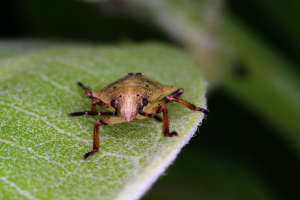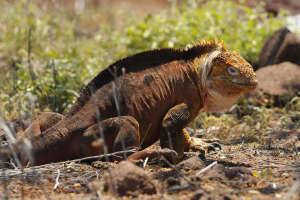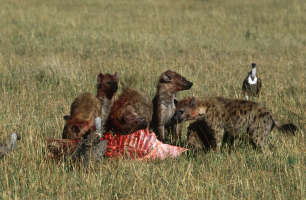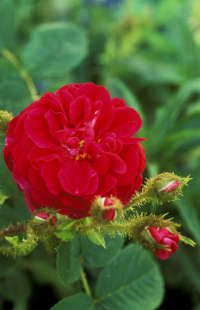



| Picture #1 |
| Picture #2 |
| Picture #3 |
| Picture #4 |
| Picture #5 |
| Picture #6 |
| Picture #7 |
| Picture #8 |
| Picture #9 |
| Picture #10 |
| Picture #11 |
| Picture #12 |
| Picture #13 |
| Picture #14 |
| Picture #15 |
| Picture #16 |
| Picture #17 |
| Picture #18 |
| Picture #19 |
| Picture #20 |
 CENTIFOLIA: Known as the 'Cabbage Roses', the flowers, looking like cabbages, usually have over 100 petals. These roses only bloom once.
CENTIFOLIA: Known as the 'Cabbage Roses', the flowers, looking like cabbages, usually have over 100 petals. These roses only bloom once.WordPress Theme by Theme Hybrid | Blogger Templates by TheTemplateBank